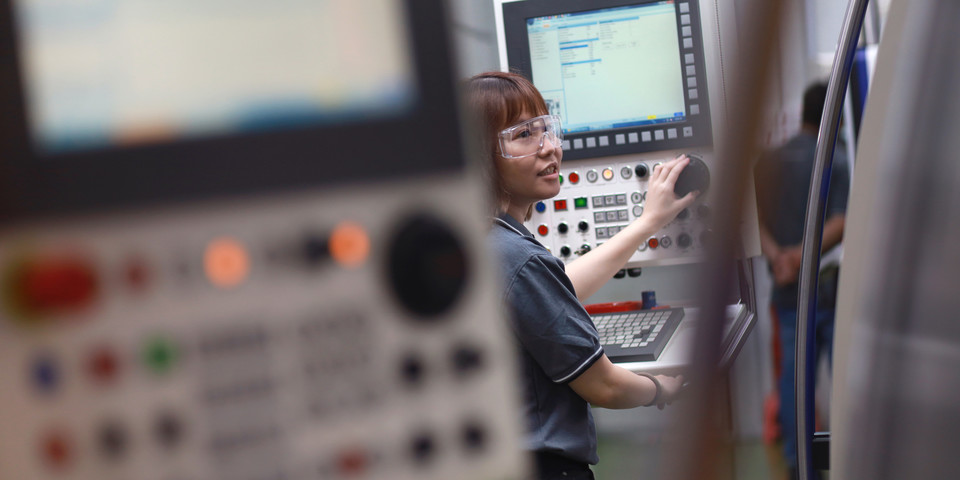Report: Government Subsidies in Manufacturing Sectors

For a constructive debate on subsidies, reliable and internationally comparable information regarding what and how much each party spends on government subsidies is crucial. This report documents the most important data sources available and highlights key differences between sources as well as advantages and shortcomings in relation to what is needed for statistical analysis.
There is a lack of data on subsidies in the manufacturing sector. As a result, there is little empirical evidence on the relationship between subsidies and trade.
Government subsidies to industry have been a contentious policy issue for many years, with ongoing debates about the motivation behind these support programmes. Despite these debates, most economists agree that some subsidies can be economically justified, particularly where they address market failures or negative externalities. For example, subsidies for basic research and development (R&D) can help firms invest in projects with high social returns that may not be profitable from a private perspective.
Similarly, subsidies for environmentally-friendly goods and services can improve social welfare, support the green transition and help preserve natural ecosystems. At the same time, it is recognised that subsidies can have a negative impact on resource allocation, distort international trade, harm competition, and divert funds from other sectors.
A mixture of beneficial and potentially harmful support measures
Of course, it is not always easy to determine the best way to implement a measure. In the real world, therefore, we see a mixture of beneficial and potentially harmful support measures being implemented.
Two reasons for the increased attention paid to subsidies is the rise of China in the global economy and the significant amount of money and resources that many countries devote to subsidies.
For a constructive debate on subsidies, reliable and internationally comparable information regarding what and how much each party spends on government subsidies is crucial. However, the lack of data on subsidies in the manufacturing sector has made it difficult to assess their impact on trade and competition. As a result, there is little empirical evidence on the relationship between subsidies and trade. However, there have been several calls in recent years for greater transparency and reporting standards on manufacturing subsidies, particularly as efforts to prevent climate change depend on the ability to measure and document global emissions.
The most important data sources on manufacturing subsidies
In light of the above, the purpose of this report is to document the most important data sources available for the study of manufacturing subsidies. It highlights key differences between sources as well as advantages and shortcomings in relation to what is needed for statistical analysis.
Conclusions drawn in this report are the following:
- The user-friendliness of WTO notification data needs to be improved. This is the responsibility of all WTO members, and we do not expect a sudden change in members' attitudes towards notification. Today, the information is only available in pdf format.
- We recommend that data on government support to the industrial sectors compiled by the OECD data be made publicly available as soon as possible. The OECD subsidy data should also be linked to other statistical sources such as UN Comtrade.
- The Global Trade Alert (GTA) database is a valuable source of data on industrial subsidies. For the purposes discussed here, the GTA should ideally include a measurable economic value.
- With the exception of the GTA, international organisations have dominated efforts to map and estimate the impact of industrial subsidies. In our view, it would be very valuable if the research community could become more involved.
The only way to determine how best to spend taxpayers' money for these purposes is to base policy on evidence and sound theory. The WTO, OECD and GTA databases will help in this work, but international organisations will need support from the research community in this effort.
